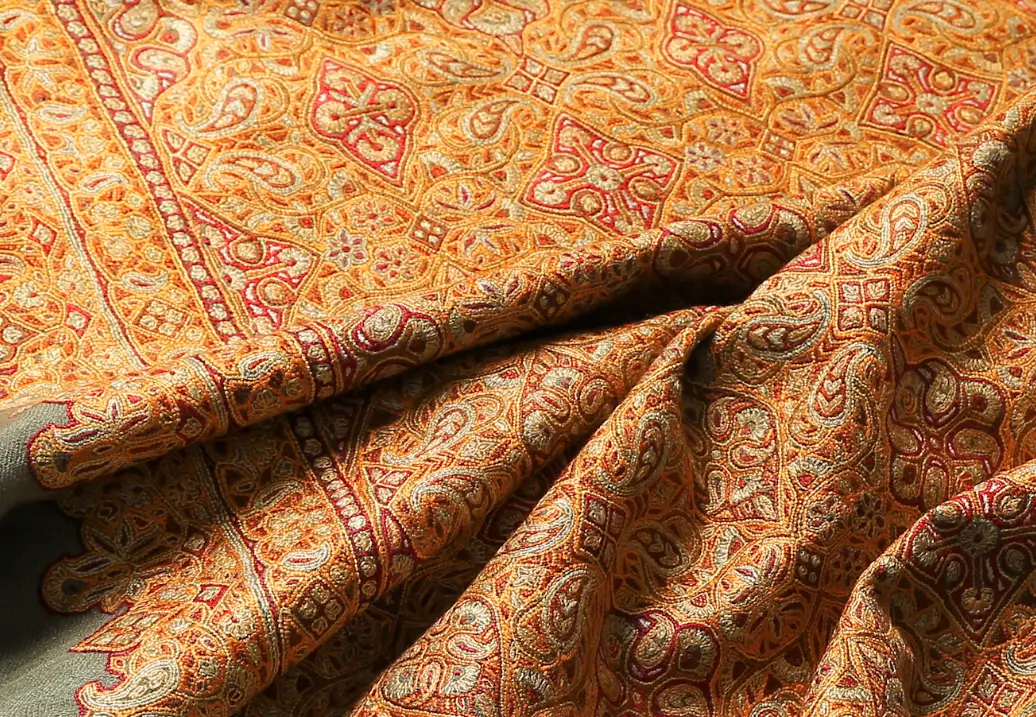Pashmina scarves are renowned for their luxurious softness and warmth, but with their popularity comes a surge of imitations. To ensure you’re investing in an authentic pashmina, it’s crucial to know what to look for. Here’s a guide to help you distinguish genuine pashmina from its less expensive counterparts.
1. Check the Fabric Composition
Authentic pashmina is made from the fine undercoat of the Himalayan goat known as the Changthangi or Pashmina goat. This fabric is known for its exceptional softness and warmth. Genuine pashmina is typically composed of 100% cashmere, though blends may include silk or other materials. When shopping, look for labels or ask about the fabric composition. If a scarf feels rough or is labeled as cashmere blend without specifying the percentage, it might not be a true pashmina.
2. Perform the Burn Test
One effective way to test the authenticity of a pashmina is the burn test. Take a small, inconspicuous thread from the scarf and carefully burn it. Genuine cashmere will burn slowly and leave a fine, ash-like residue. Synthetic fibers, on the other hand, tend to melt and may produce a plastic-like odor. Always perform this test cautiously and in a safe environment.
3. Assess the Feel and Drape
Authentic pashmina is incredibly soft and lightweight, with a distinctive smooth feel. When you drape it, it should fall gracefully without any stiffness. If the scarf feels heavy or coarse, it is likely not genuine. The drape of the fabric should be fluid and elegant, enhancing the overall luxurious feel of the scarf.
4. Examine the Weave
The weave of a true pashmina is usually very fine and dense, which contributes to its softness and warmth. Look closely at the weave pattern; it should be uniform and consistent. Pashmina often has a subtle sheen due to the fine quality of the fibers. If you notice unevenness or a coarse texture, it may be an indication of a synthetic or blended material.
5. Look for Provenance and Certification
Many genuine pashmina scarves come with certification or tags that guarantee their authenticity. Look for information about the origin of the scarf and verify it through reputable sources. Certified pashmina often includes details about the region where the cashmere was sourced and the process used to manufacture the scarf.
6. Consider the Price
Authentic pashmina is a luxury item and is priced accordingly. If you find a pashmina at an unusually low price, it’s worth questioning its authenticity. High-quality pashmina scarves are a significant investment, reflecting the care and craftsmanship involved in their creation.
7. Seek Expert Opinions
If you’re still unsure about the authenticity of a pashmina, consider consulting with an expert or a reputable dealer. Many high-end stores and specialists offer authentication services and can provide valuable insights into the quality and origin of the scarf.
In summary, distinguishing a genuine pashmina from a fake requires attention to detail and a bit of know-how. By checking the fabric composition, performing the burn test, assessing the feel and drape, examining the weave, looking for certification, considering the price, and seeking expert opinions, you can make an informed decision and enjoy the luxury of a true pashmina scarf.







